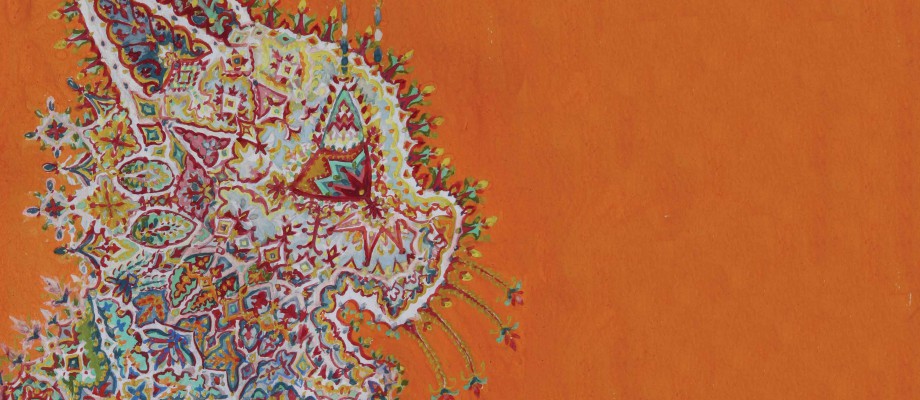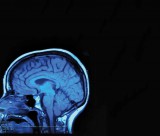
Healing power of art
November 2nd, 2014
The pioneering use of art from the early 1800s in helping to treat people with mental health problems is showcased at an exhibition at Lakeside Arts Centre.
Art in the Asylum: creativity and the evolution of psychiatry looks at how British psychiatric institutions used art as therapy.
It features the first exhibition outside Scotland of examples of the earliest use of art by Dr WAF Browne at the Crichton Royal Institution in Dumfries from the 1800s.
Other highlights will include work from the collection of the ‘grandfather of art therapy’, Edward Adamson, at the Netherne Hospital in Surrey from 1946, and the free expression of residents at Kingsley Hall in London, a therapeutic community established by Dr RD Laing in the 1960s. Work by Richard Dadd and Louis Wain represents some of the most well-known patient art associated with ‘Bedlam’ — Bethlem Royal Hospital.
Dr Victoria Tischler, Associate Professor in the Division of Psychiatry and Applied Psychology and Arts Co-Ordinator for the Institute of Mental Health, based at The University of Nottingham, is co-curator of the exhibition.
She said, “By highlighting the key institutions and influential figures in the history of British mental healthcare, the exhibition traces the historical shift from invasive treatments of mental disorders to a more humane regime in which creativity played a significant role.
“The exhibition also tells the story of the strong influence of continental psychiatry on British practice, and the wider recognition of patient artwork by leading modern artists. Uncovering fascinating stories, this historical overview provides insight into the diagnostic and therapeutic use of patient artwork, its influence on the development of humane psychiatric practice, and its wider recognition by artists associated with Surrealism, Art Brut and so-called Outsider Art.”
Running with Art in the Asylum is a new video installation by Canadian artist Althea Thauberger, featuring a performance of Peter Weiss’ 1963 play Marat/Sade at the Bohnice Psychiatric Hospital, Prague, in 2012.
Marat/Sade imagines the infamous Marquis de Sade as author and director of a play about the assassination of Jean-Paul Marat while the former was interned in the Charenton asylum in 1808. A time of great institutional reform, this period saw the beginnings of the reformation of the treatment of mental illness from punishment to therapy. In the 1963 play, the inmates of the asylum enact the drama, and are always partly themselves, as patients, and partly in historical character.
Thauberger’s filmed production, Marat Sade Bohnice, is performed to an audience of staff and patients in Bohnice, the largest psychiatric clinic in the Czech Republic.
The exhibition will be complemented by a series of free events being held at the Djanogly Art Gallery Lecture Theatre and at Nottingham Contemporary and Broadway Cinema.
Visit: www.lakesidearts.org.uk
Tags: Althea Thauberger, Art in the Asylum: creativity and the evolution of psychiatry, Associate Professor in the Division of Psychiatry and Applied Psychology, Dr Victoria Tischler, Lakeside Arts Centre, Marat/Sade, Peter Weiss
Comments are closed.
Other Issue 70

Faulty ‘switch’ linked to psychotic symptoms
Scientists have shown that psychotic symptoms experienced by people with schizophrenia could be caused by a […]


